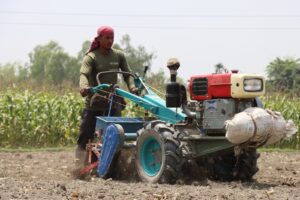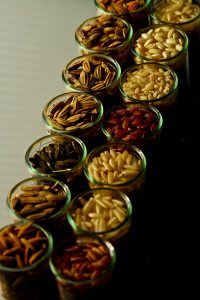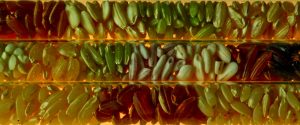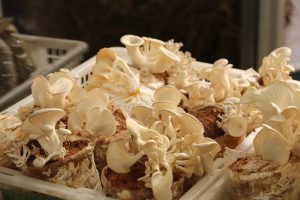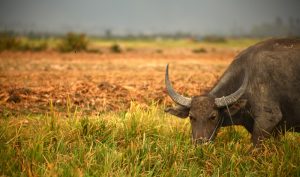
The successive articles Rice in the Golden State, California breeding, All in it together and On their toes feature the diverse regulatory, research, political,and economic needs of the California rice industry, as the authors all aim to give a glimpse of rice in California.
Following the International Rice Research Institute’s (IRRI) release of variety IR8, California growers approved in 1969 a self-assessed funding to speed up the lagging effort in rice breeding. The farmers in California wanted to catch up with the programs at IRRI and in other parts of the world. Hence, the Rice Experiment Station (RES) focused on plant breeding, the United States Department of Agriculture (USDA) concentrated on breeding methodology and genetics, while the University of California (UC) zoomed in on plant production, protection, agricultural engineering, and other aspects of rice productivity. The California Rice Research Board (RRB) provided the funding for UC and USDA research. Since the RRB was established, it has given a cumulative total funding of US$20 million (current value). One of the RRB’s early decisions that proved to be remarkably foresighted was the incorporation of the California rice variety testing program into the UC’s extension service. This allowed advanced lines from the RES to be given out to local extension advisors in a coordinated statewide effort to test the developed varieties under different environments.
Ten years after the release of IR8, California farmers had their first semi dwarf variety, Calrose 76, which was developed by USDA through induced mutation.
Next, RES breeders came out with semidwarf varieties produced in cooperation with the USDA and UC. This event ushered in California’s “green revolution” in rice.
A number of important early contributions to rice productivity, however, came from UC Davis’s research projects that were funded by the RRB. The research test on the impact of using water as a heat sink against cold nighttime temperatures resulted in the practice of raising water levels in the field from 10 to 20 centimeters before flowering to protect the crop from cold temperature–induced floret sterility. Next, studies on the life cycle of rice water weevils demonstrated that egg-laying adults have limited flying ability; thus, only the perimeter of the rice field basins needs to be treated with insecticides. UC Davis research was also able to identify zinc deficiency as the cause of the so-called “alkali disease.”
Furthermore, the RRB has also funded far-reaching programs in environmental toxicology, believing that it is always better to participate in the regulation (and de-regulation) of crop protection chemicals than to take a passive role. Thus, in the past 30 years, rice production and research in California have been fully integrated with environmental research. One good example is how the study on rice pesticides in the early 1980s led to improved water management that helped reduce herbicide content in the Sacramento River by 98%.
Over the years, UC and RES research has focused increasingly on rice diseases caused by exotic pests. This has helped solve the problem of blast disease (which was previously not a problem in California) and bakanae disease.
But, perhaps the most pressing issue concerning current production is the persistent growth of herbicide-resistant weeds. University researchers are now studying alternative systems such as minimum tillage and intermittent water management to shift weed recruitment to more vulnerable species. However, such shifts also change fertility, and water and pest management. This must be further studied by an interdisciplinary team.
Forty years after the first referendum for grower-supported research was passed, one thing is abundantly clear—nature abhors a vacuum. For every problem solved, a new one emerges, underscoring the need to be always vigilant in matters of rice productivity and food supply.
_______________________________________
Dr. Hill is a professor and extension specialist in the Department of Plant Sciences of the University of California, Davis. He also serves as the associate dean for International Programs in the university’s College of Agricultural and Environmental Sciences.


